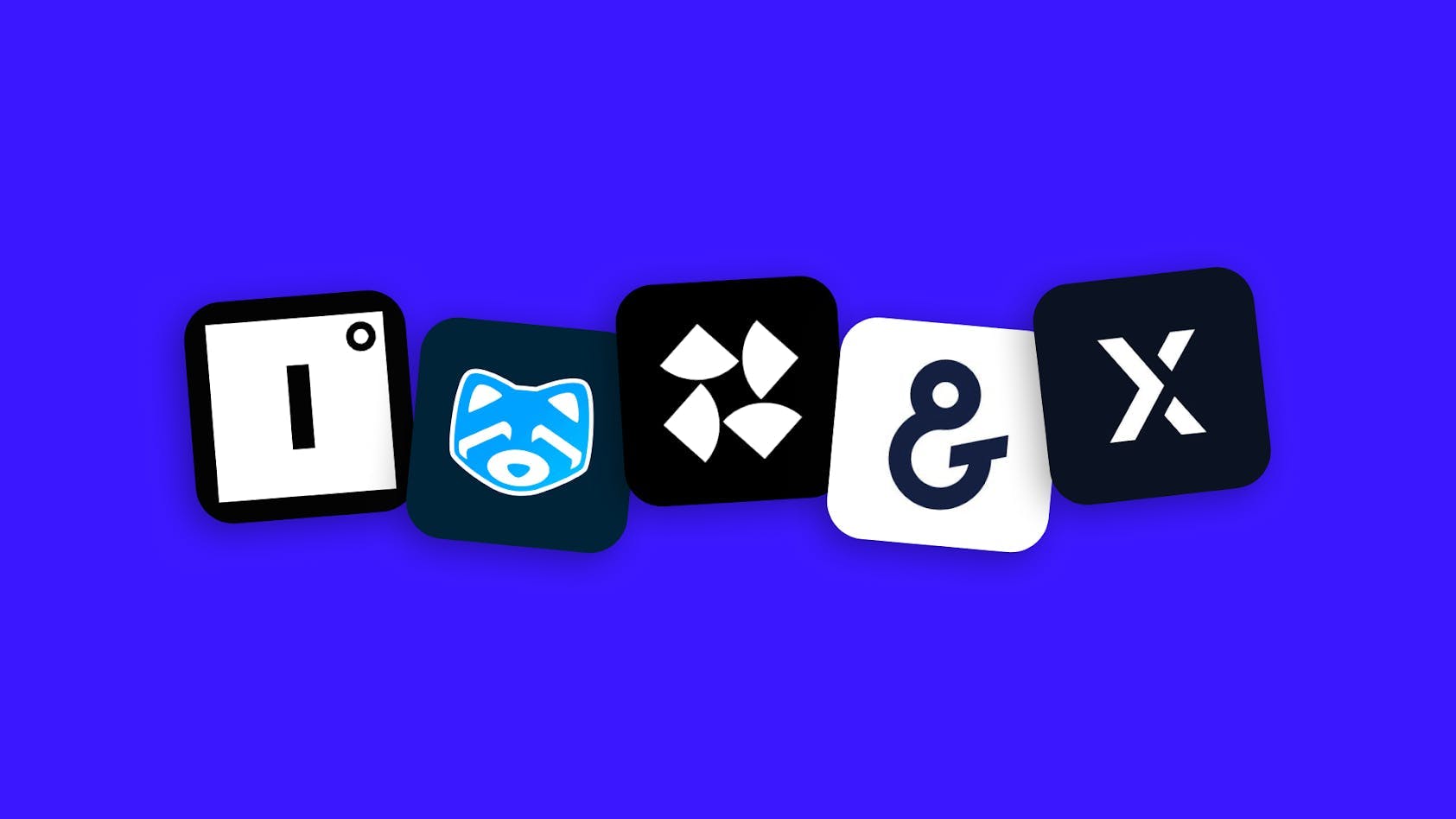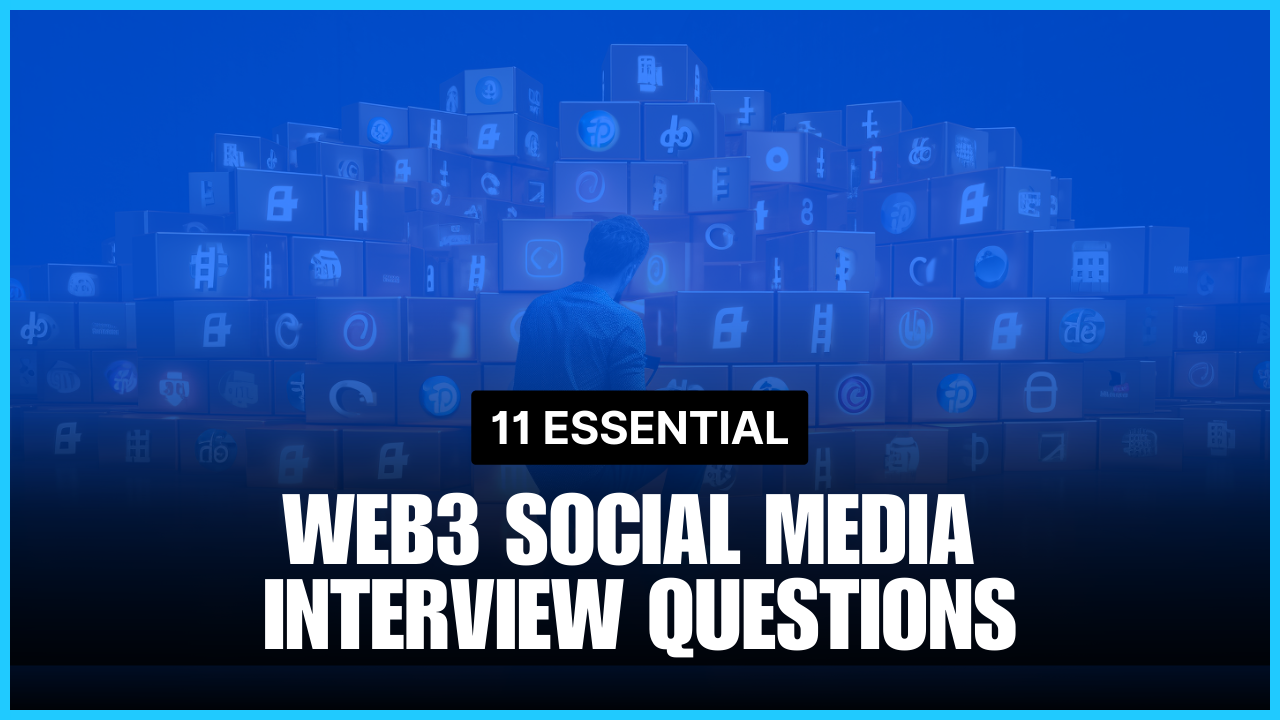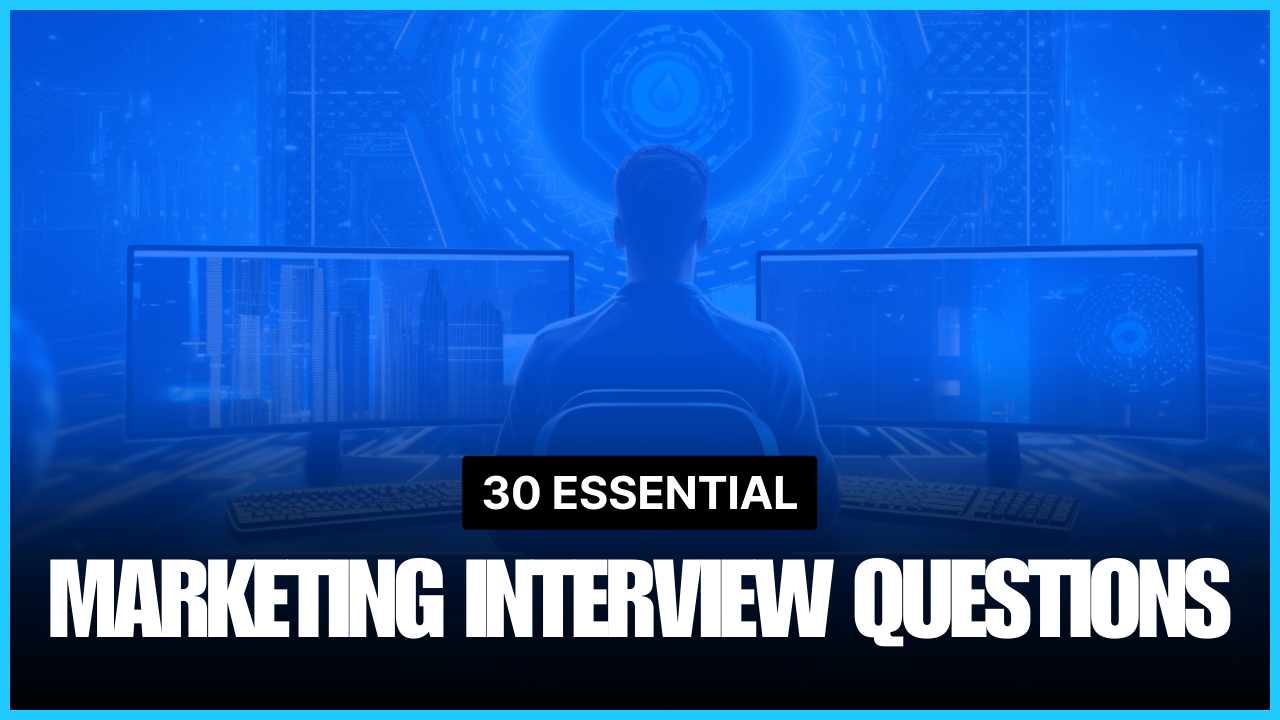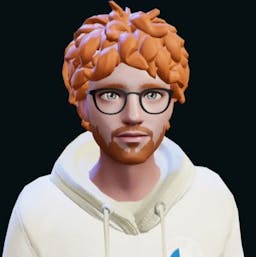web3 Design Interviews - 10 Questions You Need to Know Answers To
Are you passionate about design and eager to dive into the world of web3? Landing a design job in the web3 industry can be an eciting opportunity, but it's essential to be well-prepared for the interview process.
In this blog post, we'll explore ten design interview questions commonly asked in web3 job interviews. By expanding on each question and providing expert tips, we'll equip you with the knowledge and confidence to ace your interview and secure your dream design job in the web3 space.
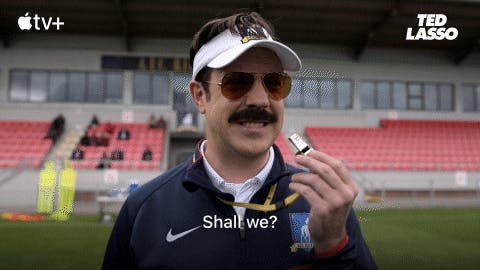
Can you describe your design process and how you approach a new project? When asked this question, it's important to showcase your structured approach to design. Discuss the different stages of your design process, including research, ideation, prototyping, and iteration. Emphasize your ability to balance user needs, business objectives, and technological constraints while ensuring a delightful user experience.
Expert Tip: Highlight your experience with user research methods, such as user interviews and usability testing, to demonstrate your commitment to creating user-centric designs.
How do you stay up to date with the latest design trends and best practices? In the ever-evolving field of design, staying current with trends and best practices is crucial. Explain how you actively engage in continuous learning by following design blogs, attending conferences, participating in online communities, and studying design case studies. Showcase your adaptability and ability to incorporate emerging trends into your design work.
Expert Tip: Mention specific design resources, websites, or influential designers you follow to demonstrate your knowledge and commitment to staying informed.
Can you provide examples of how you have incorporated user feedback into your designs? Designing with user feedback in mind is essential for creating meaningful and effective experiences. Share specific instances where you gathered user feedback through methods like usability testing or surveys and explain how you applied that feedback to improve your designs. Highlight the positive impact those changes had on the user experience.
Expert Tip: Discuss your ability to balance user feedback with business goals and technical constraints, showcasing your skills in synthesizing feedback to make informed design decisions.
How do you handle design challenges or constraints? Design projects often come with challenges and constraints that require creative problem-solving. Describe a challenging design project you worked on and how you navigated the constraints to deliver a successful outcome. Discuss your ability to think critically, adapt to limitations, and find innovative solutions.
Expert Tip: Emphasize your ability to collaborate with stakeholders and seek input from cross-functional teams to address design challenges effectively.
Can you describe a project where you had to design for accessibility? Designing for accessibility is crucial to ensure inclusivity and equal access for all users. Share a project where you incorporated accessibility principles and guidelines, such as color contrast, keyboard navigation, or screen reader compatibility. Discuss how you prioritized accessibility without compromising the overall design aesthetic or functionality.
Expert Tip: Showcase your knowledge of accessibility standards, such as WCAG (Web Content Accessibility Guidelines), and how you apply them in your design process.
How do you approach design for different devices and screen sizes? With the proliferation of devices, designing for different screen sizes and platforms is essential. Explain your approach to responsive design, adaptive layouts, and maintaining a consistent user experience across various devices. Discuss how you prioritize content and functionality while ensuring seamless user interactions.
Expert Tip: Highlight your experience with design systems or frameworks that facilitate cross-platform consistency and efficiency.
Can you describe a project where you had to design for scalability or performance? Designing for scalability and performance is crucial in web3 applications that handle large volumes of data or high user traffic. Share a project where you had to consider scalability and performance factors, such as optimizing loading times, minimizing network requests, or implementing caching mechanisms. Discuss how your design decisions contributed to a scalable and performant solution.
Expert Tip: Demonstrate your understanding of performance optimization techniques, such as lazy loading, code minification, or image compression.
How do you approach designing for decentralized systems or web3 technologies? Designing for decentralized systems and web3 technologies requires a unique perspective and understanding. Explain how you approach designing for trust, transparency, and user control in decentralized applications. Discuss the importance of user education and intuitive interfaces to empower users in the web3 ecosystem.
Expert Tip: Showcase your knowledge of blockchain technology, smart contracts, and how you integrate them into your designs to enhance user experiences.
Can you provide examples of how you have incorporated blockchain or smart contract functionality into your designs? Incorporating blockchain or smart contract functionality can unlock exciting possibilities in web3 applications. Share specific projects where you integrated blockchain or smart contract features, such as token systems, decentralized identity, or verifiable transactions. Discuss the impact these features had on user experiences and the overall project goals.
Expert Tip: Highlight your ability to simplify complex blockchain concepts and present them in a user-friendly manner, ensuring seamless interaction and understanding.
How do you handle working with cross-functional teams, such as developers and product managers? Collaboration with cross-functional teams is vital in delivering successful design projects. Describe your experience working with developers, product managers, and other stakeholders. Discuss your communication skills, ability to understand technical requirements, and willingness to adapt and iterate based on feedback from team members.
Expert Tip: Illustrate your ability to bridge the gap between design and development by sharing instances where you collaborated closely with developers to ensure the implementation aligns with the intended design vision.

As you prepare for your web3 design job interview, remember that these questions are just examples, and the actual questions you'll face will depend on the role and company. Research the company and position thoroughly to gain insights into their specific requirements. Additionally, for more career help, be sure to check out metaintro's newsletter and Discord community, where you can find a wealth of resources and job opportunities in the web3 industry. With a combination of thorough preparation, a confident demeanor, and a passion for design, you'll be well on your way to securing an exciting design role in the world of web3.
If you're looking for additional resources and job opportunities in the web3 industry, be sure to check out metaintro's newsletter and Discord community. Metaintro provides valuable insights, networking opportunities, and daily job postings in the thriving world of web3. By leveraging these resources, you can further enhance your career prospects and stay connected to the latest developments in the web3 design landscape.

